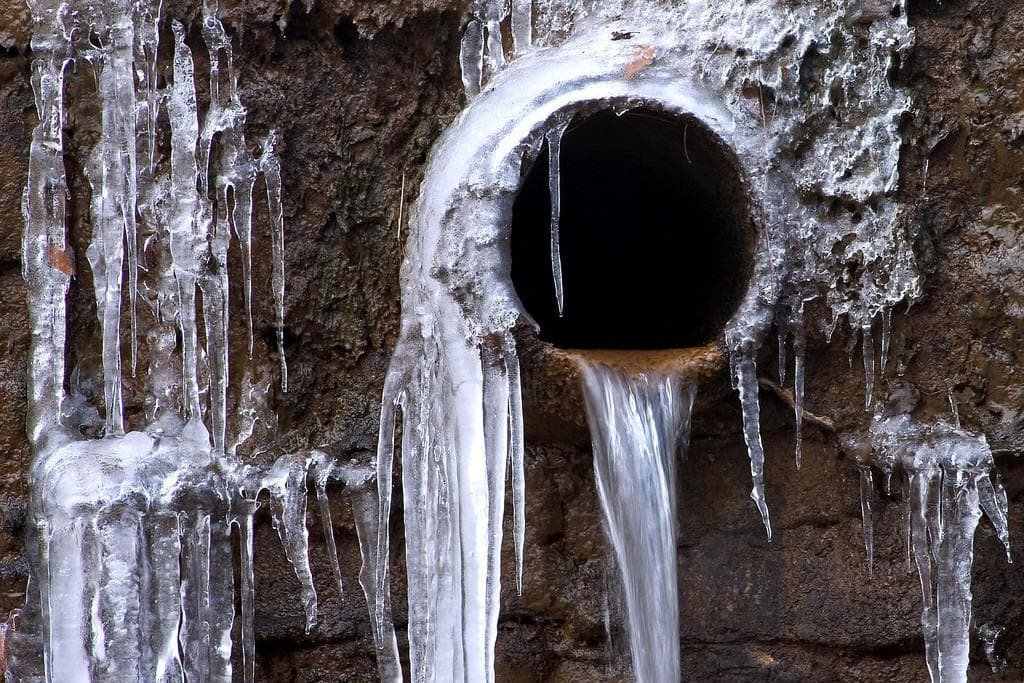How to Defend Your Pipes from Cold Weather: Expert Tips
How to Defend Your Pipes from Cold Weather: Expert Tips
Blog Article
This post directly below in relation to Winter Plumbing Precautions: Preventing Frozen Pipes is unquestionably insightful. You should keep reading.

Cold weather can damage your plumbing, especially by freezing pipelines. Here's how to avoid it from happening and what to do if it does.
Intro
As temperatures decline, the risk of frozen pipelines rises, possibly resulting in costly fixings and water damages. Comprehending how to stop frozen pipelines is vital for property owners in cold environments.
Understanding Icy Pipelines
What triggers pipelines to freeze?
Pipelines freeze when subjected to temperature levels below 32 ° F (0 ° C) for expanded periods. As water inside the pipes ices up, it expands, putting pressure on the pipeline wall surfaces and potentially triggering them to rupture.
Threats and damages
Frozen pipes can cause water supply disruptions, building damages, and pricey repairs. Burst pipes can flood homes and cause extensive structural damage.
Indicators of Frozen Water Lines
Identifying icy pipes early can avoid them from rupturing.
Exactly how to identify frozen pipes
Search for decreased water circulation from faucets, unusual odors or sounds from pipelines, and noticeable frost on subjected pipelines.
Prevention Tips
Protecting prone pipelines
Cover pipelines in insulation sleeves or utilize heat tape to secure them from freezing temperatures. Concentrate on pipes in unheated or external areas of the home.
Home heating techniques
Maintain interior rooms effectively heated, particularly locations with plumbing. Open closet doors to allow warm air to distribute around pipelines under sinks.
Protecting Outside Pipes
Yard tubes and outdoor faucets
Detach and drain yard pipes prior to winter. Set up frost-proof spigots or cover outdoor taps with protected caps.
What to Do If Your Pipes Freeze
Immediate actions to take
If you think frozen pipelines, maintain taps open up to relieve pressure as the ice melts. Use a hairdryer or towels soaked in hot water to thaw pipes slowly.
Long-Term Solutions
Structural adjustments
Consider rerouting pipes far from exterior walls or unheated areas. Add extra insulation to attics, basements, and crawl spaces.
Updating insulation
Buy top notch insulation for pipelines, attic rooms, and wall surfaces. Correct insulation aids keep constant temperatures and decreases the threat of frozen pipelines.
Conclusion
Protecting against frozen pipes calls for proactive procedures and fast responses. By comprehending the reasons, signs, and preventive measures, house owners can shield their plumbing during cold weather.
5 Ways to Prevent Frozen Pipes
Drain Outdoor Faucets and Disconnect Hoses
First, close the shut-off valve that controls the flow of water in the pipe to your outdoor faucet. Then, head outside to disconnect and drain your hose and open the outdoor faucet to allow the water to completely drain out of the line. Turn off the faucet when done. Finally, head back to the shut-off valve and drain the remaining water inside the pipe into a bucket or container. Additionally, if you have a home irrigation system, you should consider hiring an expert to clear the system of water each year.
Insulate Pipes
One of the best and most cost-effective methods for preventing frozen water pipes is to wrap your pipes with insulation. This is especially important for areas in your home that aren’t exposed to heat, such as an attic. We suggest using foam sleeves, which can typically be found at your local hardware store.
Keep Heat Running at 65
Your pipes are located inside your walls, and the temperature there is much colder than the rest of the house. To prevent your pipes from freezing, The Insurance Information Institute suggests that you keep your home heated to at least 65 degrees, even when traveling. You may want to invest in smart devices that can keep an eye on the temperature in your home while you’re away.
Leave Water Dripping
Moving water — even a small trickle — can prevent ice from forming inside your pipes. When freezing temps are imminent, start a drip of water from all faucets that serve exposed pipes. Leaving a few faucets running will also help relieve pressure inside the pipes and help prevent a rupture if the water inside freezes.
Open Cupboard Doors
Warm your kitchen and bathroom pipes by opening cupboards and vanities. You should also leave your interior doors ajar to help warm air circulate evenly throughout your home.

I'm certainly very enthusiastic about Preventing and dealing with frozen pipes and I'm hoping you enjoyed the blog posting. Liked our blog entry? Please quickly share it. Help someone else locate it. Thank you so much for taking the time to read it.
Click Here Report this page